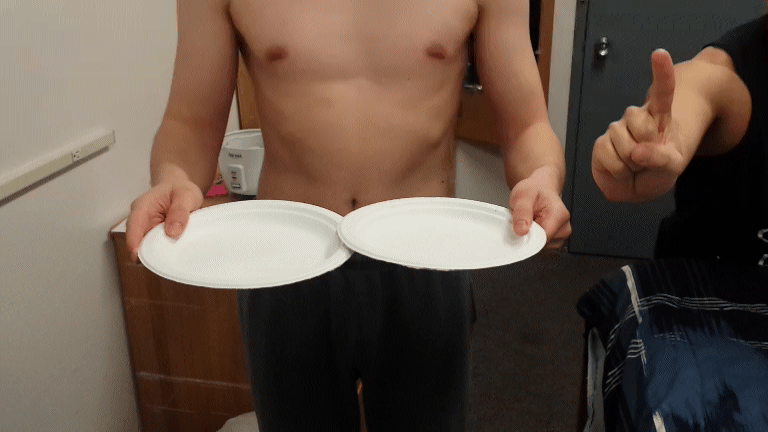Convergent plate boundaries have three different combinations. The stress at the boundary for all of them is the same, compression. Convergent plate boundaries occur when two plates come together and push against each other. They have such immense energy they can have outlandish sounding interactions and dangerous results.
Continent to continent convergence
This is the first convergence illustrated in the video below. This is when two continental plates push against each other. Continental crusts are much less dense than oceanic crusts, because of their light and fluffy nature, continental crusts push each other upwards. When they start pushing on each other the crusts fuse in a geologic suture zone that results in isostatic uplift ("Types of Plate Boundaries"). The crust pushes up at the boundary. This rising can make mountains such as the Himalayas.
Ocean to ocean convergence
The second and third convergence in the video are examples of two oceanic plates converging on each other. Oceanic crust is dense like a brownie. It is much thinner than continental crust but more than makes up for it with increased density. The older an oceanic plate is the more dense it is. When these two plates impact, the denser plate subducts ("Types of Plate Boundaries"). Subduction is when one plate goes beneath another plate. The second convergence in the video is an example of two plate trying to subduct at the same time, eventually one will win. The third convergence is the much more common form of subduction, the denser plate will be forced under the crust to be melted.
Continent to ocean convergence
The third convergence in the video is also an example of a continental plate and an oceanic crust converging. The denser crust is forced downward, this is almost always the oceanic crust. During subduction, sediments typically begin to build up at the subduction site. The piece of crust being forced under is going down under such force that the crust on top begins to scrape off the surface sediments of the subducting plate. This build up of sediment is known as an accretionary wedge (Kehew). That is not the only interesting thing that can happen at a subduction zone. The crust can slip during the process, this sudden release of energy can be devastating, but we will discuss this later.
